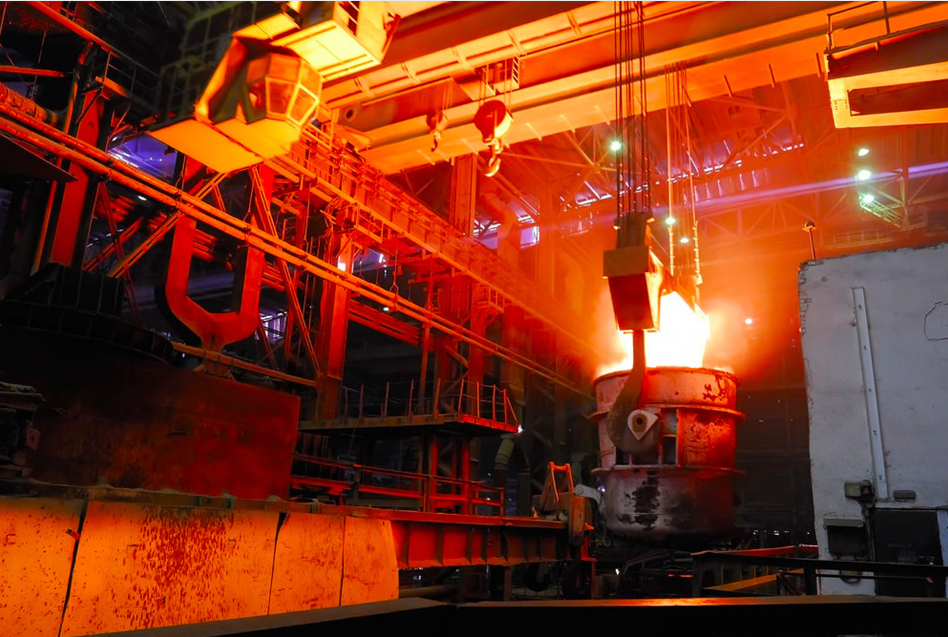Machined casting is a widely used manufacturing process that combines the benefits of casting and machining to produce intricate and precise metal components. This comprehensive guide aims to provide an overview of the machined casting process, its advantages, applications, and key considerations.
Section 1: Understanding Machined Casting
1.1 What is Machined Casting?
Machined casting is a manufacturing process that involves pouring molten metal into a mold to create a desired shape, followed by machining to achieve tight dimensional tolerances and surface finishes.
1.2 Advantages of Machined Casting
Machined casting offers several advantages over traditional casting and machining methods, including:
– Cost-effectiveness: The combination of casting and machining reduces material waste and machining time, resulting in cost savings.
– Design flexibility: Complex shapes and intricate designs can be easily achieved through casting, while machining allows for precise tolerances.
– Material versatility: Machined casting can be used with a wide range of materials, including metals like aluminum, steel, and bronze.
– Strength and durability: The casting process ensures a solid and homogeneous structure, resulting in high strength and durability of the final component.
Section 2: The Machined Casting Process
2.1 Pattern Making
The process begins with the creation of a pattern, which is a replica of the desired component. The pattern can be made from various materials such as wood, plastic, or metal.
2.2 Mold Creation
The pattern is used to create a mold, typically made of sand or ceramic. The mold is formed by packing the pattern in sand and then removing it, leaving a cavity in the desired shape.
2.3 Pouring
Molten metal is poured into the mold cavity through a gating system. The metal solidifies and takes the shape of the mold.
2.4 Cooling and Solidification
The metal is left to cool and solidify within the mold. Solidification time depends on the size and complexity of the component.
2.5 Shakeout and Cleaning
Once the metal has solidified, the mold is removed through a process called shakeout. The casting is then cleaned to remove any residual mold material.
2.6 Machining
The final step involves machining the casting to achieve precise dimensions, smooth surfaces, and desired tolerances. Machining processes such as milling, drilling, and turning can be used.
Section 3: Applications of Machined Casting
Machined casting finds applications in various industries, including automotive, aerospace, energy, and manufacturing. Some common applications include:
– Engine components: Cylinder heads, pistons, and crankshafts.
– Turbine blades: Used in power generation and aviation.
– Pump and valve components: Impellers, housings, and bodies.
– Industrial machinery: Gears, pulleys, and brackets.
– Structural components: Frames, brackets, and supports.

Section 4: Key Considerations in Machined Casting
4.1 Design for Machinability
To optimize the machined casting process, it is essential to design components with machinability in mind. Considerations include avoiding sharp corners, providing adequate draft angles, and minimizing undercuts.
4.2 Material Selection
The choice of material depends on factors such as mechanical properties, environmental conditions, and cost. Different materials require varying casting and machining techniques.
4.3 Quality Control
Quality control is crucial in machined casting to ensure the final product meets specifications. Non-destructive testing methods, such as X-ray examination and ultrasonic testing, can be employed to detect defects or inconsistencies.
4.4 Cost Analysis
A thorough cost analysis should be conducted to determine the economic feasibility of machined casting compared to alternative manufacturing methods. Factors such as material costs, tooling expenses, and production volume should be considered.
Conclusion
Machined casting combines the benefits of casting and machining to produce intricate and precise metal components. It offers advantages such as cost-effectiveness, design flexibility, and material versatility. By understanding the machined casting process, its applications, and key considerations, manufacturers can harness its potential for various industries.
-

- Մանգենիումի համաձուլվածքի ձուլման մետաղական արգելակներ Thixomolding
-

- OEM ձուլված մասեր և բաղադրիչներ
-

- Ավտոպահեստամասերի փոխանցման տուփ մագնեզիումի համաձուլվածքից
-

- High precision magnesium alloy die casting parts for automotive ignition lock
-

- բարձր ճշգրտության ձուլման ղեկ ավտոմոբիլների համար
-

- Բարձր ճշգրտության մագնեզիումի թիքսոմոլդինգ բաղադրիչների նոութբուքի պատյան Ա

 0086-750-5616188
0086-750-5616188 +86 13392089688
+86 13392089688 sales@zhongmei-tech.com
sales@zhongmei-tech.com







